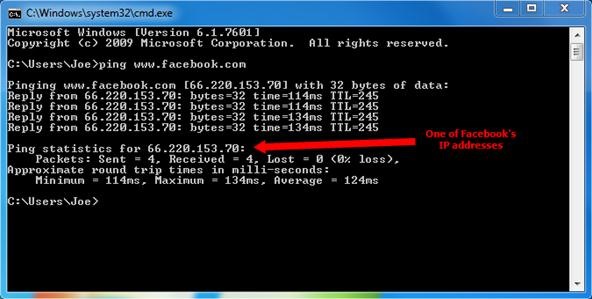Safe Mode Activate Windows Xp
How to Activate Safe Mode on Windows 7: 7 Steps (with Pictures)1. Determine if you need to run Safe Mode. Safe Mode works by only allowing the most essential files and drivers to load. Anything which is not required to boot the operating system (like start- up software) is not loaded. If you are having trouble booting your computer or something is acting fishy shortly after starting up your machine, reboot in Safe Mode to start troubleshooting.
As you may have noticed, Microsoft has disabled the standard method of accessing Safe Mode in Windows 8 in favor of a new Modern UI system. In other words, you can no. Windows XP has been released in several editions since its original release in 2001. Windows XP is available in many languages. In addition, add-ons translating the.
This includes CDs, DVDs, floppy disks and USB drives. This will prevent any of them from attempting to boot when you restart your computer.
Bill Gates speaks during a launch of the Windows Vista operating system. Users can use Safe Mode in Vista as well as earlier versions of Windows. Need to login Windows XP in safe mode but don't know how to bypass Windows XP password in safe mode? Here is a solution for you. Read through this article to learn.
You have two different options when it comes to booting into Safe Mode. You can reboot your computer and rapidly strike the F8 key to load the Advanced Startup menu, or you can set Windows to boot directly into Safe Mode. The first option is useful when you can’t load Windows, while the second is useful if you can access Windows normally already. Make sure you do this before the Windows splash screen appears (this is the black screen with the Windows logo). If the splash screen appears, you will need to restart the computer again and try again. Download Alcohol 120 Torrent Crack Free. To do this, open the Run dialog (Windows key + R) and type “msconfig”. This will open the System Configuration box. Cheat Codes Ratchet And Clank A Crack In Time Ps3 Price on this page.
Click the Boot tab, and then check the “Safe boot” box. This will allow you to select what kind of Safe Mode you would like to use. The most common choices will be Minimal and Networking (see next step). After hitting F8, you will be taken to the .
Two ways to boot to Safe Mode in Windows 8 are described. Windows XP mode is restricted to Professional versions of Windows 7. But there's a way to get Windows XP Mode running on Windows 8 anyway. All you need is a computer. Here are some alternate ways to enter Windows's clean, diagnostic Safe Mode. How to Boot Windows in “Safe Mode” When “F8” Key is not Working? Add “Safe Mode” Option to Windows Boot Loader - "Safe Mode" in Windows is a special mode.
Article discribing how to boot Windows 95, 98, ME, 2000, XP, 2003, Vista, 2008, and Windows 7 to Safe Mode.
/about/safemode-xp-loadfiles-58070bc45f9b5805c200f278.jpg)
At the top of the list will be three different ways to load Safe Mode. If you set Windows to boot directly to Safe Mode, you won’t see this menu. This option will load the fewest drivers necessary to boot Windows 7.
You will not be able to connect to the internet. This is the “Minimal” option when setting Windows to boot to Safe Mode. Safe Mode with Networking - This option loads all the drivers and files that the first option does, but also loads any processes that are needed to allow networking. Choose this option if you think you'll need to get on the internet or your local network while troubleshooting. Safe Mode with Command Prompt - This mode loads the same processes as the first option but gives you immediate access to the command prompt.

This option is suited for advanced users who need to do troubleshooting from the command line. The Windows graphical environment will not be loaded. Wait for the necessary files to load. The next screen will show every file that is being loaded.
You don't need to do anything while this is happening unless the files do not all load correctly. If the screen freezes at this point, make a note of the last file that successfully loaded and then search the internet for troubleshooting tips based on that information.
When the login screen appears, log in to an account with administrator privileges. If you only have 1 user account on your computer, it is likely that it has administrator privileges. If you only have one account and no password, you will most likely be logged in automatically. You will know if your computer is in Safe Mode because . Safe Mode is a great place to run virus and malware scans, uninstall troublesome programs, and edit the registry. If you don’t, your computer will continue booting into Safe Mode when it restarts.